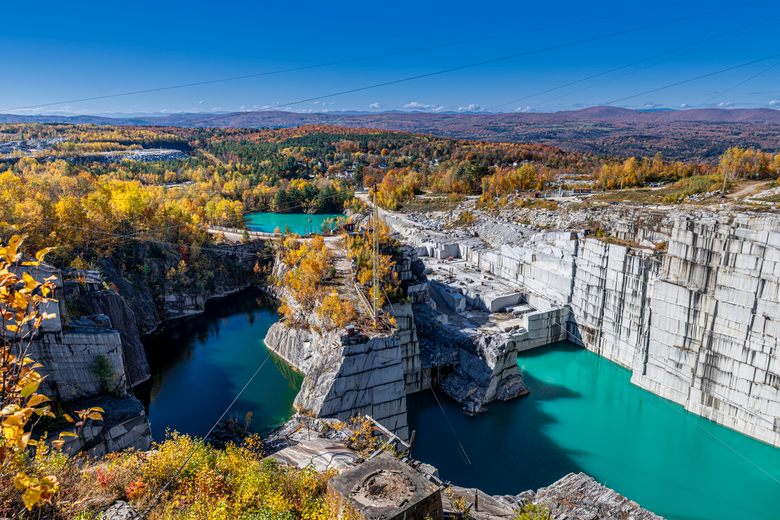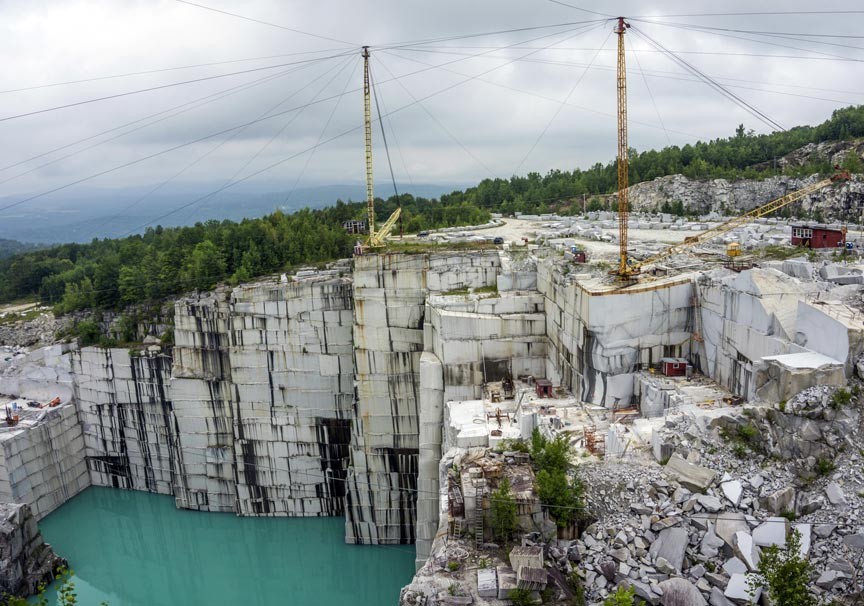Unveiling Granite Quarries in South Africa Legacy: A Journey Via Quarries
Unveiling Granite Quarries in South Africa Legacy: A Journey Via Quarries
Blog Article
Uncovering the Rich History and Lasting Practices of Granite Quarrying
As we base on the precipice of revealing the elaborate tapestry of granite quarrying, a trip through time discloses not just the physical act of drawing out rock but additionally the cultural and historical value woven into the extremely textile of this practice. From the old origins that laid the structure for modern-day quarrying techniques to the lasting techniques that are shaping the future of this market, each sculpt mark on granite surface areas tells a story waiting to be discovered (granite quarries in south africa). The heritage of granite quarrying stretches far beyond simple removal; it is a testament to human ingenuity, durability, and the long-lasting attraction of this magnificent stone
Old Beginnings of Granite Quarrying
Going back to old worlds, the method of quarrying granite has actually been an indispensable component of human history and architectural development. The earliest evidence of granite quarrying go back to old Egypt, where huge pyramids and detailed sculptures were crafted from this long lasting stone. The Egyptians used primitive tools to extract granite blocks from quarries, showcasing the significance of this material in their significant buildings.
Moving on in background, the Greeks additionally made substantial payments to the quarrying of granite. The Greeks made use of granite in numerous building wonders, such as holy places and sculptures, showing their skill in shaping and carving this durable rock. The Romans better improved the strategies of quarrying granite, using innovative devices like blades and hammers to essence and shape granite for their iconic structures.
Through the centuries, the technique of quarrying granite has actually advanced, with modern-day innovations improving efficiency while maintaining the classic allure of this natural stone - granite quarries in south africa. From old human beings to modern home builders, the tradition of granite quarrying remains to form our globe
Evolution of Quarrying Strategies
The advancement of quarrying methods has been noted by a continual progression towards better effectiveness and precision in removing granite. From the fundamental techniques employed by our forefathers to the sophisticated technologies used in modern quarrying procedures, the market has gone through significant innovations. Early quarrying methods involved hand-operated labor with fundamental devices such as blades, hammers, and wedges to remove granite blocks from the earth. As civilizations advanced, techniques like fire-setting and primitive nitroglycerins were introduced to promote the extraction procedure.
Advancements in computer-controlled equipment and 3D modeling have optimized quarrying procedures, leading to marginal ecological influence and boosted sustainability techniques. As the need for granite proceeds to increase, the development of quarrying methods stays essential to meeting industry requires successfully and sustainably.
Social Relevance of Granite
Granite holds an extensive cultural importance across various human beings as a result of its long-lasting existence in architectural work of arts and prized monoliths. From the marvelous pyramids of Egypt to the complex carvings of the Angkor Wat temple in Cambodia, granite has actually been a product of choice for sharing grandeur and long life in social heritage. In ancient Rome, granite try this columns embellished holy places and public buildings, symbolizing toughness and durability. The cultural value of granite expands beyond its physical attributes; it personifies resilience, security, and timelessness, making it a symbol of withstanding legacies and practices.

Lasting Practices in Quarrying
In the middle of the rich background of granite quarrying and its social relevance lies a growing focus on sustainable practices within the sector. As ecological awareness and concerns concerning resource depletion have actually increased worldwide, the quarrying sector has actually progressively embraced lasting methods to decrease its influence on the environment and bordering neighborhoods.

Moreover, improvement and rehab of quarry websites post-extraction are important to lasting methods. By bring back quarried locations to an all-natural or helpful state, such as developing wild animals environments or leisure areas, quarriers can balance out the environmental footprint of their operations and add favorably to the neighborhood ecological community.
Heritage of Granite Quarrying
With a historic backdrop steeped in workmanship and commercial development, what sustaining influence has granite quarrying left on the landscape of modern-day society? The legacy of granite quarrying transcends plain removal methods; it has shaped building wonders, urban landscapes, and cultural heritage worldwide. The sturdy nature of granite has actually made it a favored choice for monuments, buildings, and framework, standing as a testament to the skill and creativity of quarry workers across generations.
Moreover, the financial footprint of granite quarrying can not be neglected. The sector remains to offer employment possibilities and drive regional economic climates in areas where granite removal is prevalent. It has actually likewise spurred technical developments in quarrying techniques and tools, resulting in extra effective and sustainable techniques.
In terms of sustainability, the tradition of granite quarrying includes efforts to alleviate environmental effects via reclamation jobs and responsible source administration. By stabilizing financial interests with environmental stewardship, the sector makes every effort to guarantee that future generations can remain to profit from this enduring natural resource.
Final Thought

Report this page